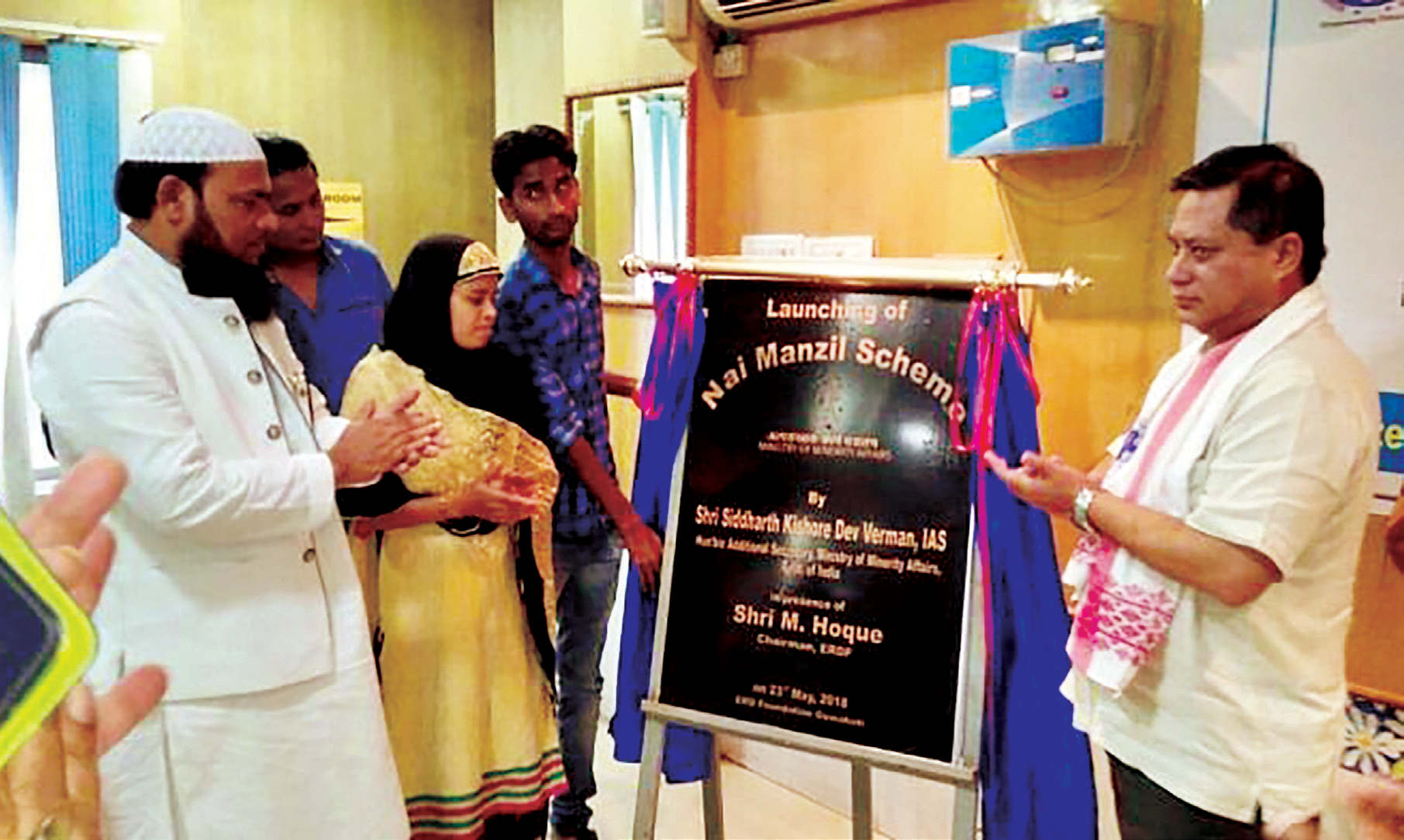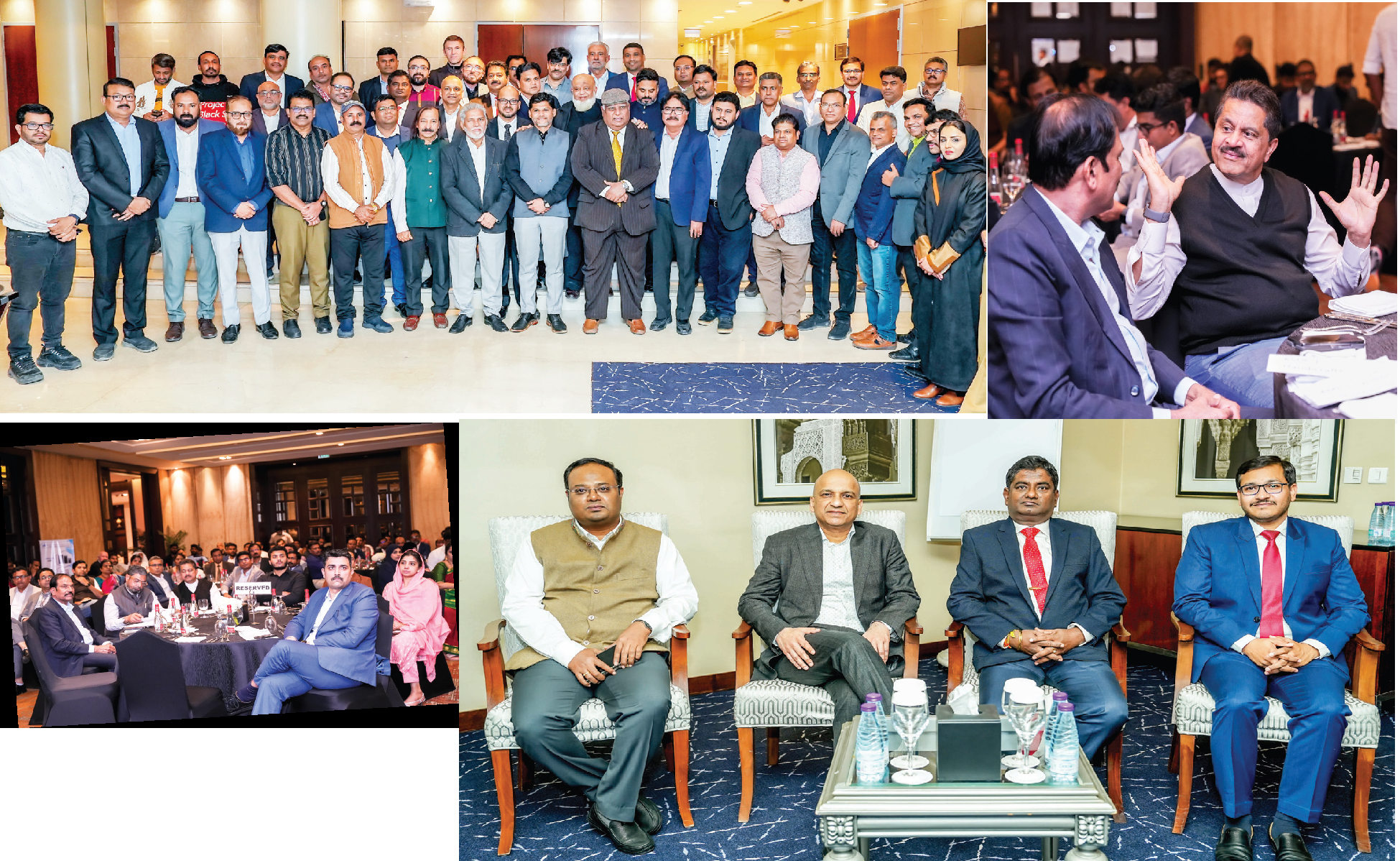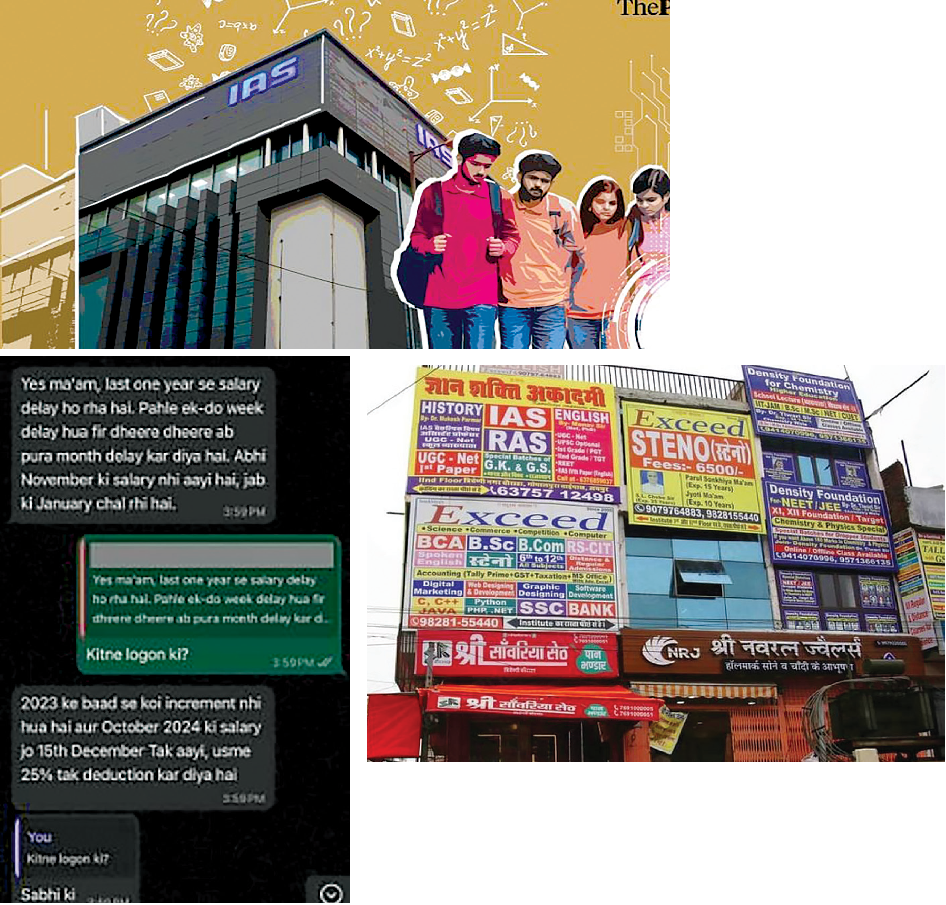
National Skill Mission is missing a key step.... Nai Manzil shows the way
The mission is missing the crucial link between education and the skill set
Arvind Mayaram
India’s plan to build a skilled work force is missing a key step fixing gaps in the education system. In September 2024, the Ministry of Skill Development published the following release about the National Skill Development Mission: “With one of the youngest populations, a median age of 28, India can harness its demographic dividend by nurturing a workforce that is equipped with employable skills and prepared for the needs of the industry.” It added that 65% of India’s population is under 35, and though many lack the skills needed by a modern economy, “the percentage has improved from around 34% to 51.3% in the last decade”. The release also said that the Indian government “has been actively working to enhance skilling and employment opportunities across the nation, recognizing the pivotal role of human capital in driving economic growth and innovation.” However, the Mission misses the crucial linkage between education and skills. School dropout rates in India have emerged as a major obstacle in the nation’s educational progress and socio-economic development.
Despite various government initiatives to promote universal education, significant gaps remain, particularly among marginalised communities. Starting at a disadvantage Data from the Unified District Information System for Education (UDISE) reported a secondary dropout rate of 12.6% in the 2021- 2022 academic year, with particularly high rates among rural students and children from disadvantaged backgrounds, such as Scheduled Castes (SCs), Scheduled Tribes (STs), Other Backward Classes (OBCs), and minorities, particularly Muslims. This phenomenon is fuelled by multiple interrelated factors, including economic constraints, social and cultural dynamics, educational inadequacies, and systemic barriers. Poverty compels many families in rural areas to prioritise immediate economic contributions over educational aspirations, leading to children leaving school to work.
Despite existing legal frameworks, child labour remains a prevalent issue, exacerbating dropout rates. Socially, gender disparities drastically affect dropout rates, with girls more likely to drop out due to societal pressures, early marriage, and domestic responsibilities. Additionally, barriers stemming from caste discrimination and community- specific challenges add layers of complexity to the dropout problem. From an educational perspective, the quality of education and the relevance of the curriculum are significant inhibiting factors. Poor infrastructure, inadequate teacher training, and misalignment between school learning and community employment prospects lead to disinterest and disengagement among students. Systemic challenges, including insufficient school infrastructure and limited access to secondary education, particularly affect families’ willingness to keep their children enrolled in school especially girls.
The consequences of high dropout rates extend far beyond individual communities, impacting society as a whole. They perpetuate cycles of poverty, limit economic mobility, reinforce gender inequality, and hinder national socio-economic development. With a significant portion of the population lacking education, India’s potential to compete globally diminishes. Initiatives such as the Sarva Shiksha Abhiyan (SSA), the Mid- Day Meal Scheme, and the Right to Education (RTE) Act have attempted to enhance enrolment, but haven’t effectively tackled the dropout problem. Crucially, without school education, skill programmes are not very effective in enabling beneficiaries to enter the formal sector.
Minority students & a step in the right direction: The dropout rates among Muslim students surpass the national average. Reports indicate a dropout rate of 23.1% for Muslim children at the secondary level, indicating the socio-economic challenges faced by this community due to poverty, lack of access to quality education, and cultural factors. These disparities underline the urgent need for targeted interventions. In response to these complex challenges, the Ministry of Minority Affairs launched the Nai Manzil programme in 2015, supported by a $50 million loan from the World Bank.
Now subsumed under the PM-VIKAS skilling initiative as its ‘education component’, Nai Manzil uniquely combined formal education with skills training, especially targeting school dropouts from minority communities, including those with disabilities. The programme offered a structured six-month education curriculum, followed by three months of skills training, along with support in finding suitable employment. It also provided financial support to the family of the beneficiary to offset the loss of earnings during the training period. Nai Manzil targeted minority youths between 17- 35 years of age from Below Poverty Line (BPL) families, addressing the dual need for education and market-driven skills. With its focus on integration into the workforce, the programme aimed for at least 70% of trained youth to gain meaningful employment, preferably within the formal sector. This initiative, backed by an investment of Rs. 650 crore over five years, aimed to provide various training modules aligning with the National Skills Qualification Framework (NSQF), ensuring that participants receive quality training that meets industry demands. The beneficiaries received accelerated education for obtaining certificates for class 8 or 12 (now classes 8, 10, and 12 under PM-VIKAS) from the Open Schools Board, as well as a skill certificate from the relevant sector skill council.
The programme also incorporated post-placement support, recognising the importance of career transition assistance for sustained employment success. Close to 100,000 beneficiaries have been trained under the Nai Manzil scheme. Similar education-related deprivations affect SC/ ST and other marginalised and remote communities, resulting in high dropout rates. Addressing India’s dropout crisis requires a multifaceted approach— improving educational infrastructure, enhancing teaching quality, and aligning educational outcomes with market needs. Programmes like Nai Manzil represent critical steps toward bridging the education and skills gap, equipping marginalised communities to contribute to and benefit from the nation’s socio-economic growth. By integrating education and skill development, such initiatives hold the promise of transforming lives and fostering inclusive development in India. The National Skill Development Mission must re-orient itself to by incorporate the educational module appropriately in its skill programmes and advise other ministries to do the same.
 English daily published in Bengaluru & Doha
English daily published in Bengaluru & Doha






